The Human Side to the Immigration “Crisis”
theglobepost.com
A month into the government shutdown, there are no signs of its end as President Trump, with his strong rhetoric, continues to demand a wall along the southern border between the United States and Mexico and asks for $5.7 billion from the national budget. But the immigration controversy plaguing the country does not end at the question of adding a wall to the budget, as Deferred Action for Childhood Arrivals [DACA] has rejoined the conversation and anti-immigrant speech and expression has exploded.
The numbers and statistics often keep the issue of immigration removed from the actual human lives it affects, but at John Adams High School, as a culturally and politically diverse school, these factors are intertwined. Adams has a number of students from different countries, with a variety of legal statuses, including green cards, visas, DACA status, or undocumented. Four students fitting into these categories were willing to speak on the record, given their identities remain anonymous. For this purpose, they will be referred to as Students 1, 2, 3, and 4 for the duration of this article. Two of these students arrived on tourist visas and have overstayed them, one has a green card currently and the other crossed the southern border five years ago.
All four arrived with various family members, including parents and siblings, and have been in the United States between 6 months and 5 years. They all had significantly different experiences arriving in the country. Student 1 arrived by plane, describing the airport immigration and customs as “just fine” and being able to enter on a tourist visas without complications. Similarly, Student 2 flew into the United States, but faced obstacles. Customs agents stopped him and his family, arriving from Venezuela, and questioned them for eight hours, threatening to take away the family’s visa and constantly asking them why they had come to the United States. Student 2 also mentioned the racial slurs directed towards him at the time of his arrival. Student 3 then recounted her story: “I did cross the border,” she began. “The worst story was that I got lost with my mom and we were trying to get help but then immigration saw us and then they came to us.” Finally, Student 4 described how he also entered via plane, but had a similar experience to Student 2, having to withstand police questioning about “why I came here and for what reason.”
And the discrimination against them continues to this day. “When I was learning English,” Student 3 says, “there were some people that laughed at me, and they were talking about me. But I didn’t know what they were saying and I got so mad.” After telling her mom about the situation, she began to find notes in her locker that told her to “go,” or that “you’re not supposed to be here.”
The four students all agreed that they risked traveling to the United States in order to pursue a safer and better life. “[In Venezuela] I don’t have the chance to go to college,” comments Student 1. “I wanted to pursue education because there is no greater development of a human being than the one resulting from education.” The other three agreed, citing violence and repressive governments as their and their family’s primary motivation for immigrating, and speaking to the highly-valued education system of the United States.
However, especially recently, immigration has become one of the most controversial and hot button political issues in the United States, especially with President Trump’s promise to build a wall along the southern border and further restrict illegal immigration.
Student 1 does not believe that there is a crisis along the border, a phrase that Trump has been using frequently. “I think it’s just racism,” she comments, “most of the people are scared, and I can understand that, but you need to always know the good and bad side of the people that are coming, because I don’t think that any human being would put themself in a situation like that if they don’t have the hope to get a better life.”
“I think it’s a crazy idea,” says Student 4, referring to the proposed wall. Student 1 further supported this by describing the many other entrances to the country besides the southern border. “The people like us came here with tourist visas and then they just stay here illegally. So I don’t think that the problem is that they just came into the southern border.” Referring to Trump, she continued: “He put us in a situation where we are monsters. We are not monsters, we are just here to try to get a better life. She continued, “One of the main problems with this government is that many people think they have the right to say hurtful things to the immigrant people.”
This racism is not an intangible or indirect national issue. It has roots everywhere; it occurs at Adams as frequently as anywhere else, according to the four students. “I used to have classes with people saying to me, ‘You’re a beaner, you’re a wet back,” Student 1 commented, describing the darker side to her Adams experience. The four students described that often when they are speaking spanish they are told to “shut-up,” or are called a variety of insensitive names and racial slurs including “mother-f***ing beaner,” “gangster,” and “narco.”
The conversation then turned to the hate that plagues all countries and all races, as Student 1 pointed out there are “good and bad” people of all nationalities, but the “bad” people are where the focus is drawn, forgetting those only trying to guarantee better lives for themselves and their relatives. This has been demonstrated on the political stage time and time again, as the “criminal” and “rapist” immigrant stereotype persists, most recently in Trump’s January 8th Presidential Address. All agreed on the necessity for border protection to an extent and understood the desire to protect the country, but, as Student 1 categorized and described decades of discrimination against immigrants, “the United States always finds a reason to blame immigrants.”
Your donation will support the student journalists of The Tower and John Adams High School. Your contribution will allow us to purchase equipment and cover our annual website hosting costs.
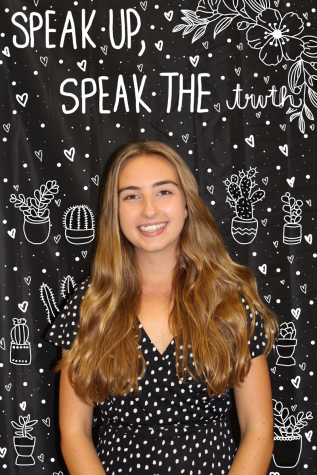
Claire Stowe, an Adams senior, is Editor-in-Chief of The Tower, her second year with the position. She has covered a variety of topics as a reporter, including...
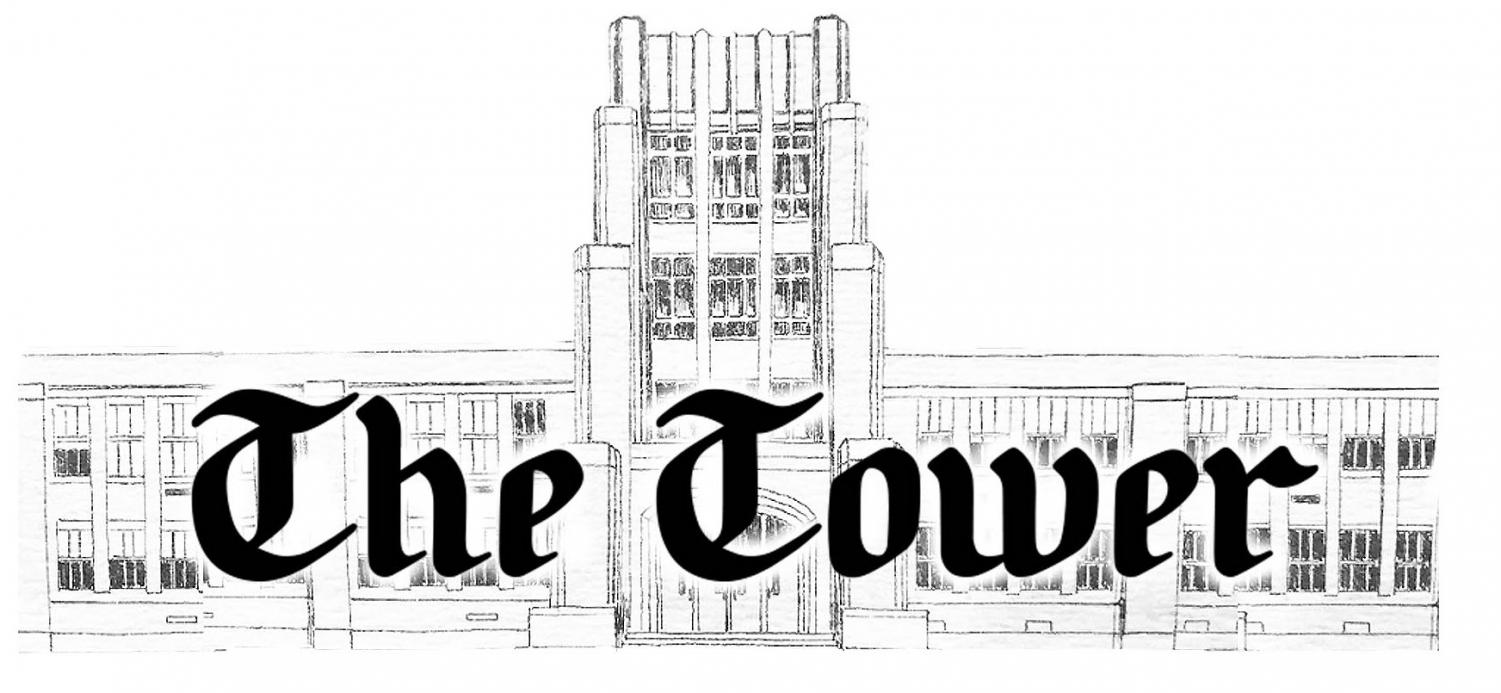


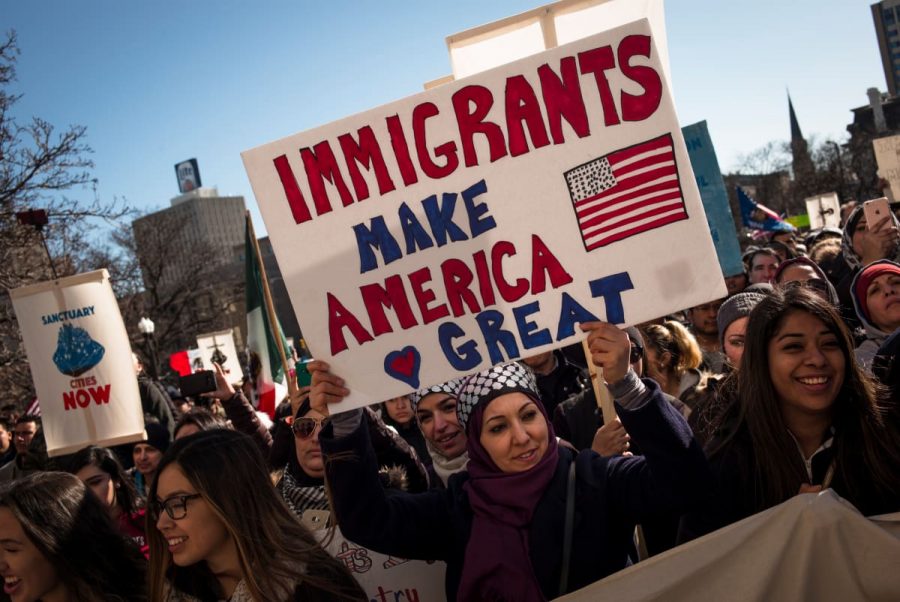
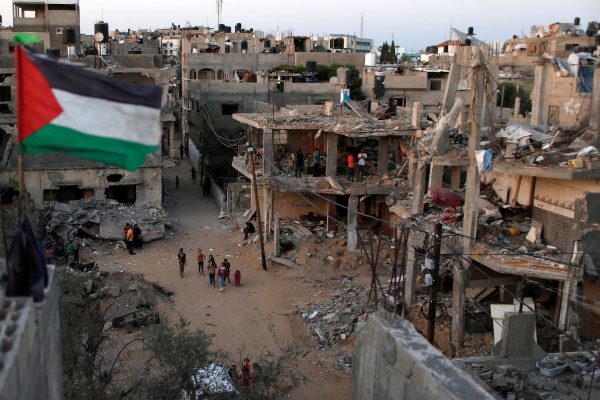
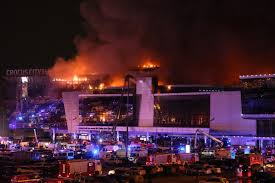




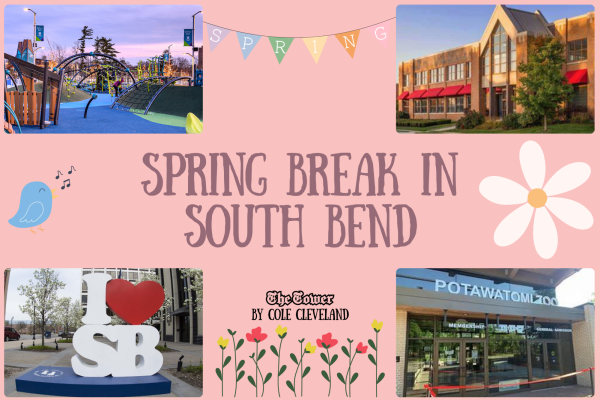
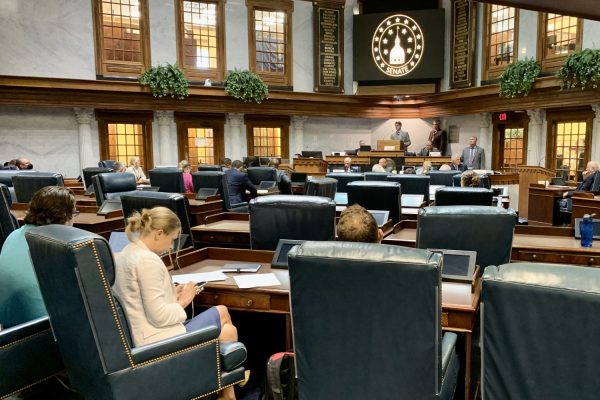
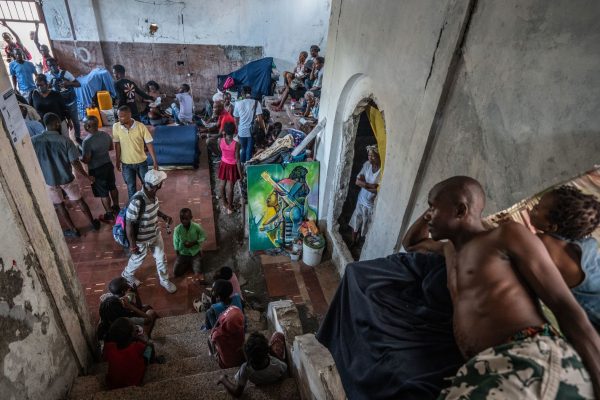

Don Wheeler • Jan 25, 2019 at 10:52 am
I’ve enjoyed your work and writing all year and this is probably your strongest piece to date. Great job!